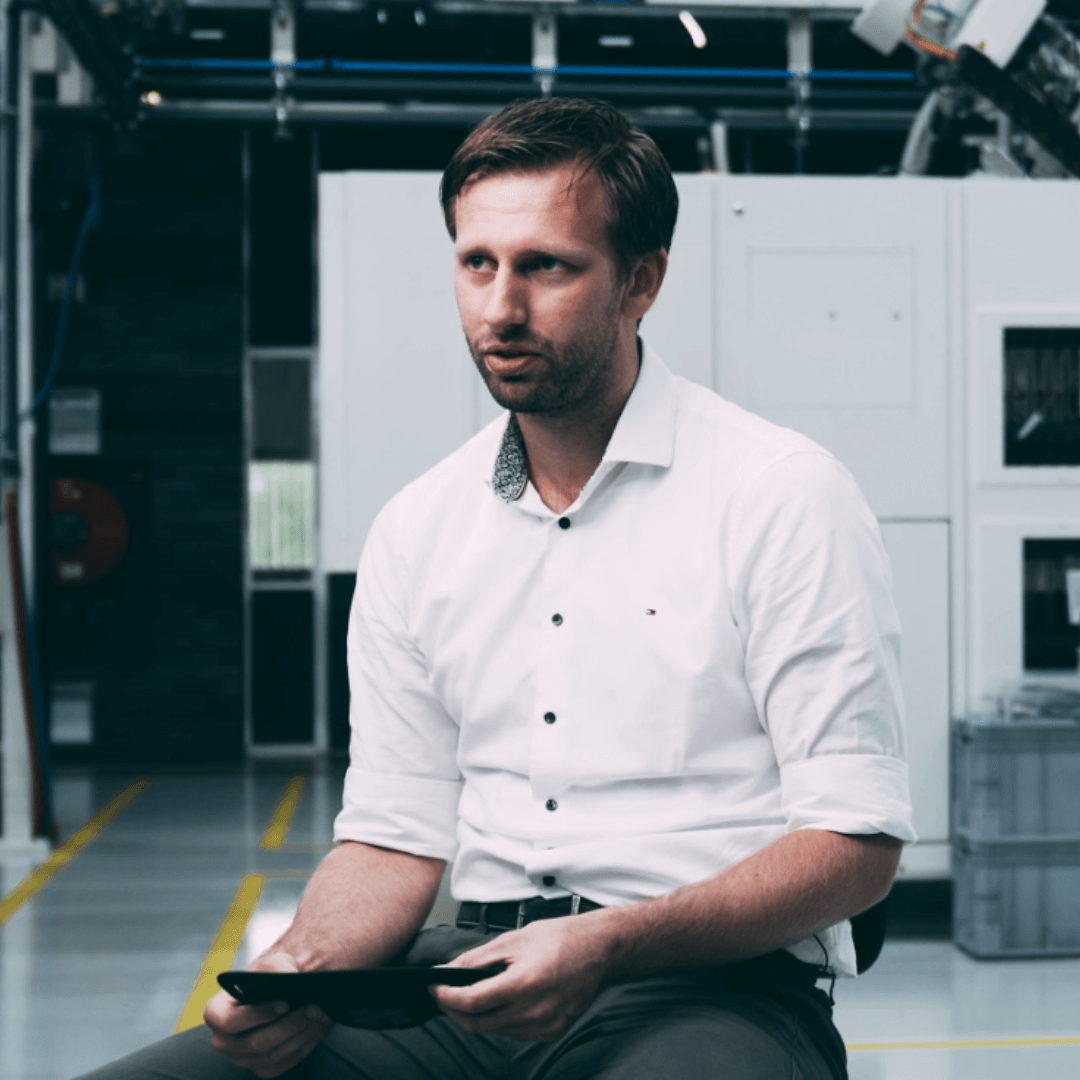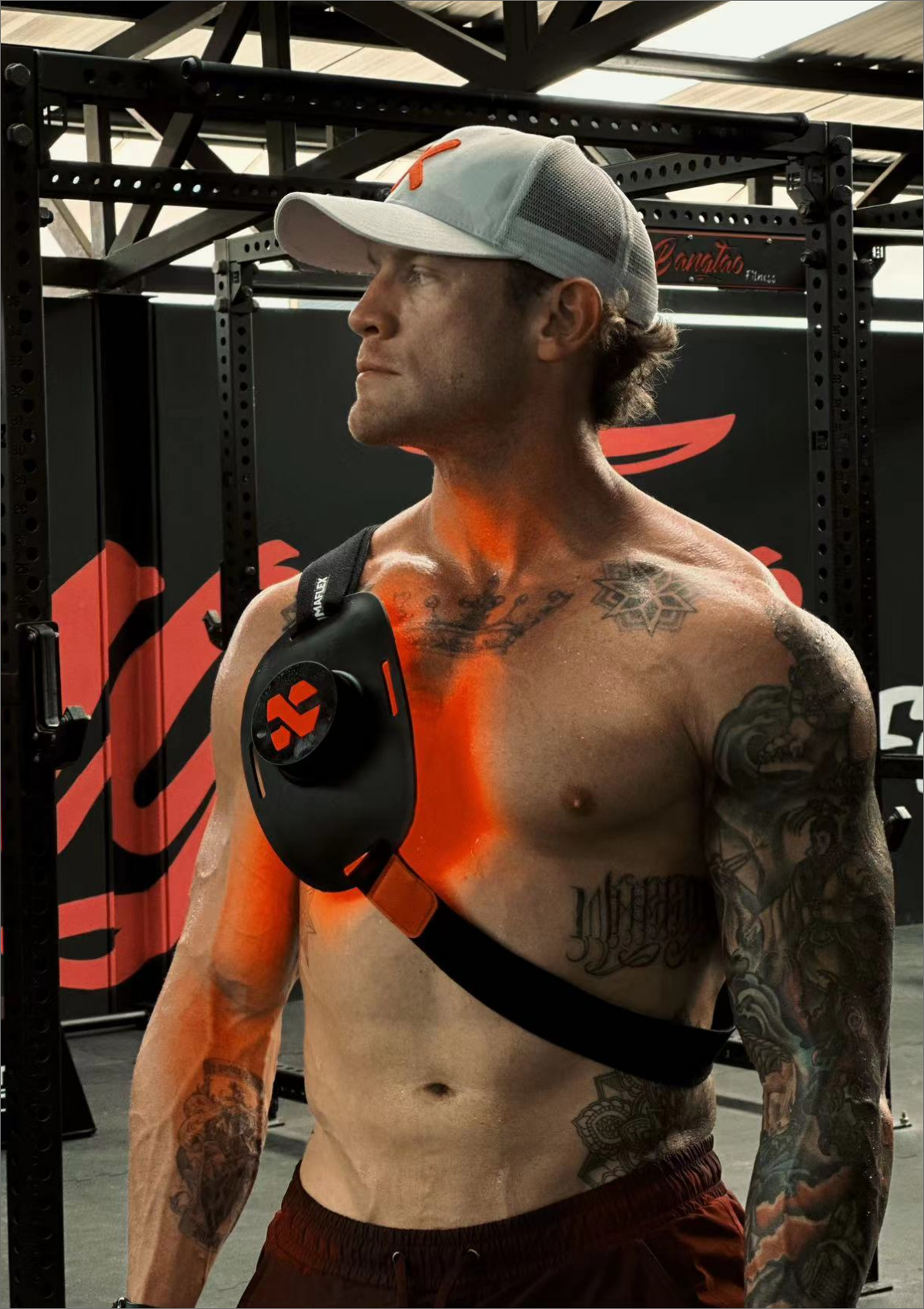





SCIENCE BACKED TECHNOLOGY
CHOOSE THE RIGHT WAY
Just like food and supplements, light therapy comes in all kinds of flavors. Each light represents a different wavelength on the electromagnetic spectrum. Multiple independent research results show that 630nm and 850nm are most beneficial for pain relief and muscle recovery.

RED LIGHT
630nm (nanometer)
1 inch light penetration
Optimal for pain relief

INFRARED LIGHT
850nm (nanometer)
4 inch light penetration
Optimal for muscle recovery
90%
Red Light Therapy
Red Light Therapy - 90% of participants reported improved skin health and rejuvenation. Red light wavelengths stimulate collagen production, reduce wrinkles, and enhance overall skin tone and texture - Journal of Dermatological Science
85%
Near InfraRed Therapy
Near Infrared Therapy - 85% of participants demonstrated improved cellular health and function. Near-infrared light stimulates mitochondria, enhances energy production, and supports optimal cellular metabolism. - Mitochondrion
95%
Light Therapy
Light Therapy - 95% of participants reported accelerated healing and recovery. Red and near-infrared light therapy combined promote cellular repair, reduce inflammation, and enhance the body's natural healing processes. -Journal of Wound Care
OUR TEAM
LUMAFLEX’s vision is to be the forefront innovator and beacon of well-being, inspiring individuals worldwide to embrace a life illuminated by vitality, health, and holistic wellness through cutting-edge red light therapy solutions.

John
CEO

Alain
Co-founder and Head of Production

Kim
Business development

Dennis
Product Development

Michael
CTO

Greg
Business development

Jake
Creative Director

Jason
Creative design

Miki
Operations Manager

Adrien
Business development

Winni
Sales

Max
Marketing
FAQ
HOW DOES RED LIGHT THERAPY WORK?
Red light therapy works by emitting low-level red or near-infrared light wavelengths that penetrate the skin to stimulate cellular function, promoting various benefits such as improved circulation and collagen production.
THE BENEFITS USING RED LIGHT THERAPY?
Red light therapy offers a range of benefits, including enhanced skin health, reduced inflammation and pain, accelerated wound healing, improved muscle recovery, natural increase in SPF protection, shown to support natural testosterone production in men, increased production of collagen and elastin, and even potential mood enhancement.
IS RED LIGHT THERAPY SAFE?
Yes, red light therapy is considered safe when used. It is non-invasive, nonthermal, and does not emit harmful UV rays. However, it's important to follow the manufacturer's instructions and consult with a health care professional if you have any specific health concerns.
HOW OFTEN TO USE RED LIGHT THERAPY?
The frequency of red light therapy sessions can vary depending on the individual and the specific goals. It is typically recommended to start with several sessions per week for a certain period and then adjust based on results.







